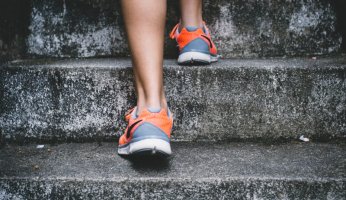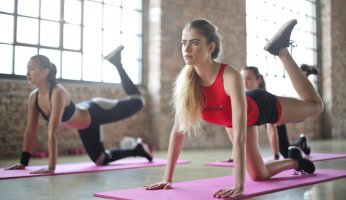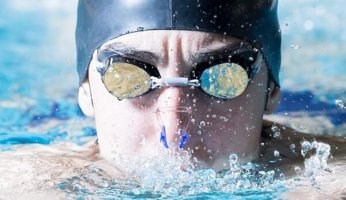The Allure of Barefoot Running
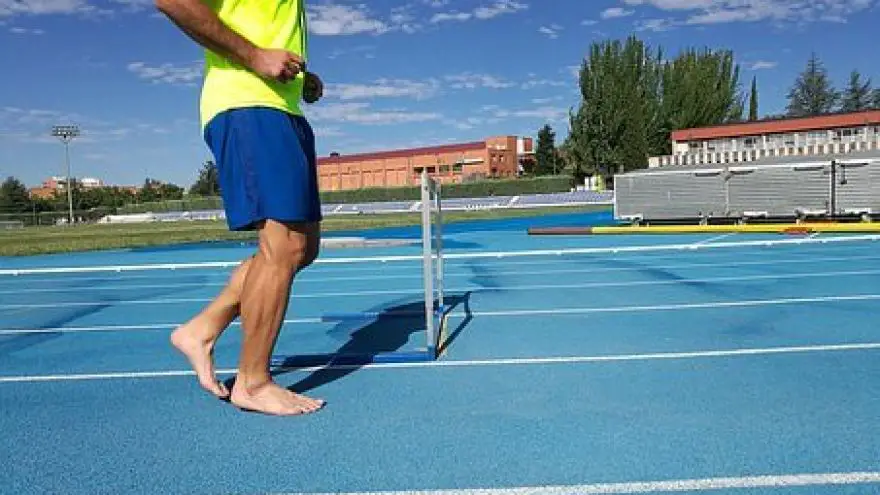 The Allure of Barefoot Running
gearweare.net
The Allure of Barefoot Running
gearweare.net
The sport of running has gained much popularity over the last few decades. With popularity comes growth, and with growth comes differentiation in style. Two major camps that currently exist within the world of running are those who prefer to run barefoot or in a minimalist style shoe to the more traditional running shoe, which has a high heel and typically more cushioning.
Although it is possible to read stories that tout the transformative benefits of running barefoot, there are advantages and disadvantages to being both shod and unshod. More research is needed before any true conclusions can be drawn as to whether barefoot runners or those with tons of arch support are injured more or less frequently, as neither style has been conclusively linked to injury prevalence. There has been a general consensus that wearing running shoes with thick heels encourages runners to plant their foot with more force.
The repetitive shock force that running inflicts upon the body is a primary contributor to injury within this sport, including joint pain and stress fractures, so reducing the impact that each step has on the body is in the best interest of every runner. However, even though it is generally accepted that traditional running shoes exert more shock force on the body than running barefoot, the science is still actively debating this. In fact, research came out as recently as February 2019 that purposed a complete reexamination of long accepted results on this subject. We should, therefore, shy away from stating that reductions of injury incidence or the impact on the body are reasons to make the switch to running barefoot.
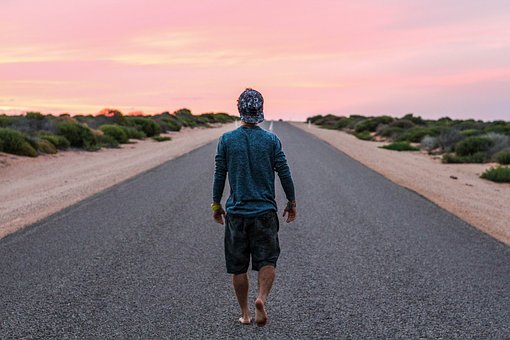
The people who say that running barefoot is superior to wearing shoes aren’t just spitting pseudoscience though. For one, barefoot running or while wearing very minimal foot attire is something that humans have been doing for hundreds of years. In some parts of the world, there are still cultures where running barefoot is an important aspect of society. This history has led many to see a natural aspect of running barefoot, beyond the fact that your feet are making direct contact with the ground.
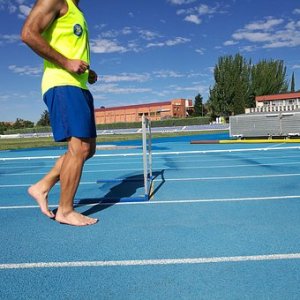 Beyond the historical context of barefoot running though, research has come to one clear conclusion about how it affects the body – the gait that runners have when wearing traditional shoes versus being barefoot is different. This is because the thickness of the heel on these shoes encourages the heel to hit the ground first. Thickness in running shoes is measured in the heel-to-toe drop, which is the difference in height between the heel and the toe when one is wearing the shoe. Most modern running shoes have a heel-to-toe drop of 10-12mm, which makes the footless flexible and provides more padding to the heel, making a forceful rearfoot strike the more natural way to plant one’s stride.
Beyond the historical context of barefoot running though, research has come to one clear conclusion about how it affects the body – the gait that runners have when wearing traditional shoes versus being barefoot is different. This is because the thickness of the heel on these shoes encourages the heel to hit the ground first. Thickness in running shoes is measured in the heel-to-toe drop, which is the difference in height between the heel and the toe when one is wearing the shoe. Most modern running shoes have a heel-to-toe drop of 10-12mm, which makes the footless flexible and provides more padding to the heel, making a forceful rearfoot strike the more natural way to plant one’s stride.
Conversely, running without shoes encourages a midfoot or forefoot strike. This is because there is more flexibility in the foot when one isn’t wearing shoes. Furthermore, although choice in running footwear has not been explicitly linked to injury, gait is commonly associated with keeping one’s joints and knees safe. A gait that includes a rearfoot strike typically creates more force, thereby also often creating more injury. The desire to switch one’s gait is, therefore, one of the best reasons to start running barefoot.
Performance can also be improved by running barefoot. Many world class runners have won major contexts while not wearing any shoes. This includes Abebe Bikila, who won the Olympic Marathon in the 1960 games in Rome. However, these elite athletes would be the first to tell you that barefoot is not the right choice all of the time. Different circumstances require different shoes. For example, on wet sod spikes will help tremendously with propelling athlete forward and going barefoot isn’t a good idea on terrain that might cut your feet up or where there is a lot of broken glass. Furthermore, some competitive runners will train in heavier shoes, than go barefoot on race day as a way to allow their feet to feel more nimble and responsive when it counts most.
A final reason to switch to barefoot running doesn’t have to do with science at all. Instead, this reason is all about feelings, as there is a  simple joy in feeling the earth under one’s feet. Running barefoot allows you to connect with the world around in a way that shoes make impossible. Without anything to stop the sensation, running over grass, sand, gravel, and dirt all become completely different experiences. Even running over asphalt allows for a greater connection with the world around you – the heat and texture of the tarmac are things that the barefoot runner becomes intimately aware of.
simple joy in feeling the earth under one’s feet. Running barefoot allows you to connect with the world around in a way that shoes make impossible. Without anything to stop the sensation, running over grass, sand, gravel, and dirt all become completely different experiences. Even running over asphalt allows for a greater connection with the world around you – the heat and texture of the tarmac are things that the barefoot runner becomes intimately aware of.
Whatever reason you have for wanting to try barefoot running, make sure to take it slow. Running without shoes requires greater foot and calf strength, and places more strain on the Achilles tendon. Many Achilles injuries are the result of individuals rushing into barefoot running, without properly building the strength and correct form for this entirely new type of running.
Easing into barefoot running, while paying close attention to your gait, is therefore critical for doing it properly. Also, remember that to run comfortably and safely without shoes you may need to toughen your feet. If you have no callous on your feet at all you may want to start by taking walks without shoes or running over the softer ground, such as grass or turf. One you have feet that can handle the elements, start with short runs. Intervals, where you run for 9 minutes and walk for 1 are a great way to test your limits and slowly build the muscle you need to keep your ankles safe.
Another way to ease yourself into barefoot running is to try minimalist running shoes. These shoes have a heel-to-toe drop of 8mm or less and are more flexible than traditional running shoes. Like running barefoot, minimalist shoes encourage a midfoot or forefoot strike. Their thinner sole also allows the runner to better feel the terrain they are moving over. Some are even made to completely mimic being barefoot, with no difference in drop between the heel and the toe and made from stretchy form-fitting rubber. Minimalist shoes should still be eased into though since the change in gait they will encourage still requires increased muscle strength.





